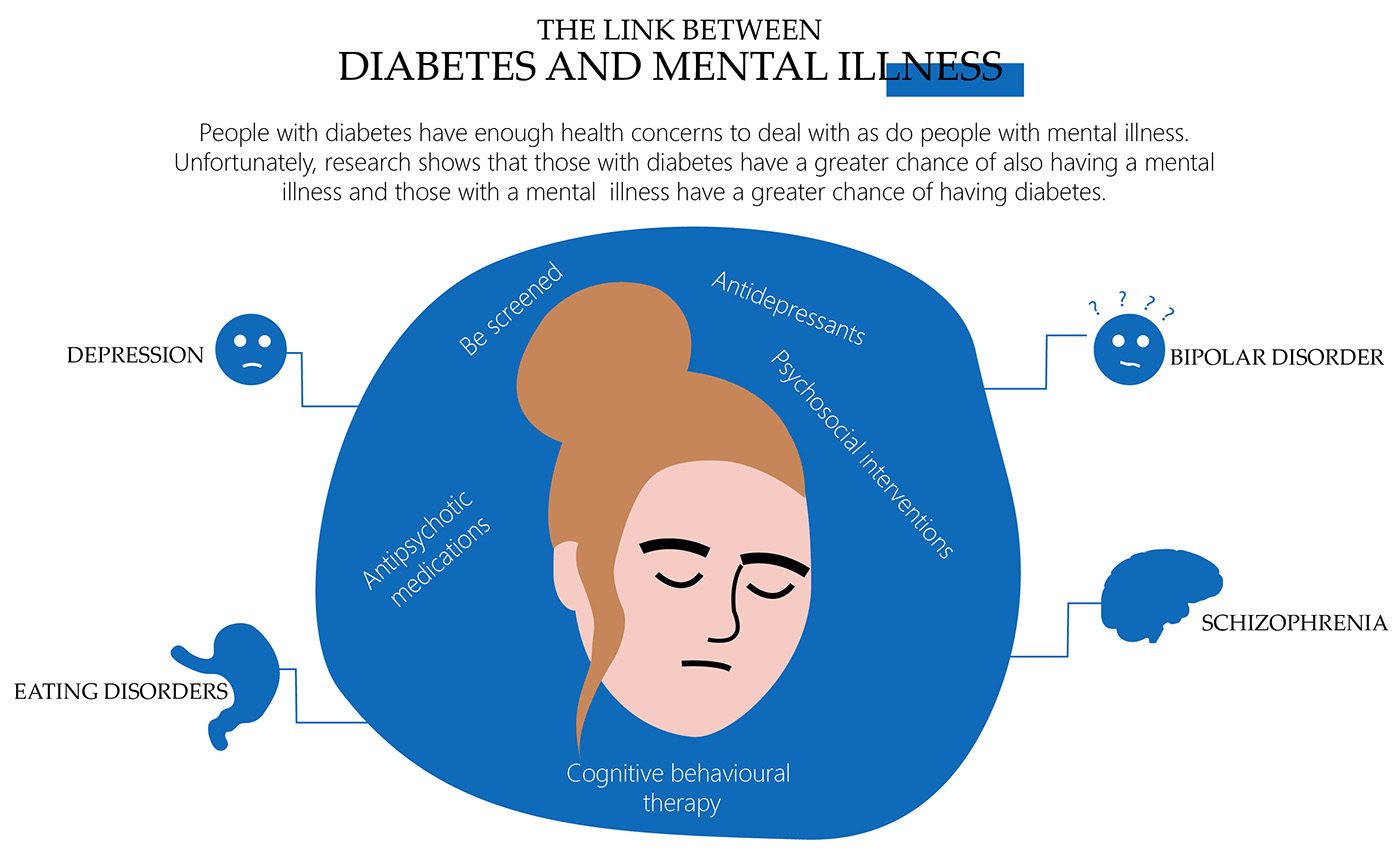Article Research
Directions: Complete Step 1 by using the table and subsequent space below identify and analyze the research article you have selected. Complete Step 2 by summarizing in 2-3 paragraphs the results of your analysis using the space identified.

Step 1: Research Analysis -: This is my chosen peer-reviewed research article
Papachristou Nadal, I., Cliffton, C., Chamley, M., Winkley, K., Gaughran, F., & Ismail, K. (2020). Exploring healthcare professionals’ perspectives of barriers and facilitators to supporting people with severe mental illness and Type 2 diabetes mellitus. Health & Social Care in the Community, 28(2), 690–697. https://doi.org/10.1111/hsc.12903
Complete the table below
| Topic of Interest: | Caring for psychiatric patients with diabetes. | |||
| Research Article: Include full citation in APA format, as well as link or search details (such as DOI) | Papachristou Nadal, I., Cliffton, C., Chamley, M., Winkley, K., Gaughran, F., & Ismail, K. (2020). Exploring healthcare professionals’ perspectives of barriers and facilitators to supporting people with severe mental illness and Type 2 diabetes mellitus. Health & Social Care in the Community, 28(2), 690–697. https://doi.org/10.1111/hsc.12903
|
|||
| Professional Practice Use:
One or more professional practice uses of the theories/concepts presented in the article |
The article identified poor care coordination and care planning between services as the primary reason of poor care outcomes of patients with comorbid mental illness and diabetes. Lack of coordination impacts patient’s ability to achieve better care. This understanding can help create care pathways for these individuals and integrate mental health care and primary care to optimize outcomes. The article also encourages patient empowerment to be more involved in their care and take control of their care. | |||
| Research Analysis Matrix
Add more rows if necessary |
Strengths of the Research | Limitations of the Research | Relevancy to Topic of Interest | Notes |
| It analyzes the healthcare professional’s perspective of how diabetes is organized for severe mental illness patients. | Not a generalized
Problem in Europe Only prevalent in south East London. The health care professionals talked about the person instead of addressing the ethnicity. |
It relates to my topic of interest which is care for psychiatric patients with diabetes. There is a disconnect between physical health and mental health of patients.
This article supports that. |
The article provides guidelines and recommendations of integrating mental health and diabetes care using HCP’s perspectives. Professionals should recognize the significance of integrating care. Primary care providers need training in psychological skills to offer integrated care. | |
Step 2: Summary of Analysis
Craft a summary (2-3 paragraph) below that includes the following:
- Describe your approach to identifying and analyzing peer-reviewed research
The first step is determining whether the journal is written by a scholar. The authors should have advanced degrees and credentials like a PhD or M.D. The authors should also have affiliation or association with institutions such as universities, medical schools, hospitals and other similar-knowledge-based organizations. These credentials and affiliations indicate authority and knowledge in conducting a research study in a particular field. It is also key to determine the article’s purpose, whether it is to offer original research to increase understanding of the topic. The scope and topic should be narrowly defined with a theoretic focus centered on professional practice. The article should also emphasize providing new knowledge on the topic. Length, formatting, and heading or sections of the article can also help determine whether the article is peer-reviewed. These structural elements can indicate if an article implies a scientific research study. The abstract, heading sections, study’s aim, design, results, and discussion are critical review areas. Other areas that can indicate a peer-reviewed journal include publication type and publication’s masthead, which includes information such as the journal’s editors, the publisher, and the publication place. It is also key to determine whether the journal says it is peer-reviewed, the submission method, and the statement type in the journal’s first issue.
- Identify at least two strategies that you would use that you found to be effective in finding peer-reviewed research
Finding a library’s numerous databases is the primary method of finding a peer-reviewed article. The Online Journal and Databases index includes all library databases, divided by name and discipline. Searching in databases limited to peer-reviewed articles makes work easier because all articles in the databases are peer-reviewed. Such databases include Science Direct and Clinical Key. Another strategy is checking the peer-reviewed journal list on library websites and journal pages for every program’s subject guide. If I am interested in a particular article, I go to the publisher’s website and perform a journal title search. Details such as About Us, editorial policies, author information and guidelines, submission guidelines, and reviewer guidelines indicate whether a journal is peer-reviewed.
Identify at least one resource you intend to use in the future to find peer-reviewed research
Library databases are a great resource for finding peer-reviewed research. There are multiple library databases, including Academic Search Complete , Social Sciences Full Text, PubMed, CINAHL, CINAHL Plus with Full Text, Nursing Reference Center, The Cochrane Library, and ClinicalKey, offering access to peer-reviewed research. Search engines are also sources of peer-reviewed research. Google Scholar is a handy search engine that offers multiple search functions to help find relevant articles and journals. Articles can be searched using the article title, author’s name, or both.


